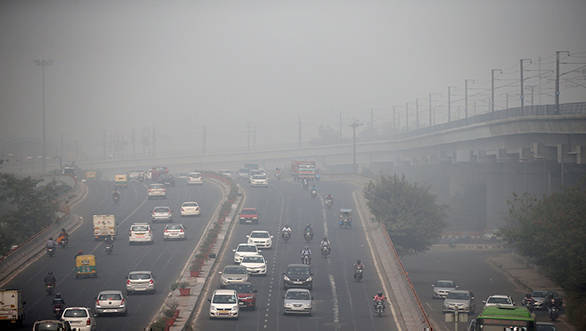Gurugram is the most polluted city in the world says Greenpeace Report
The latest set of data put together by the IQ Air Visual 2018 World Air Quality Report and the interactive World's Most Polluted Cities ranking that has been prepared with Greenpeace Southeast Asia mentions about the state of particulate matter (PM2.5) pollution in 2018. This report highlights the unequal distribution of PM2.5 pollution in the environment. And the latest reports state that Delhi is still the most polluted capital across the world. The data highlights that out of 20 most polluted cities in the world, 18 are in India, Pakistan and Bangladesh while Beijing, once among the most polluted cities in the world ranked 122nd in the list of most polluted cities in 2018 based on PM2.5 data but is still at-least 5 times more polluted than the WHO annual safety limits of 10 µg/m3.

The database comprising of PM2.5 data for more than 3,000 cities mentions of the grim health emergency the world faces from air pollution again after the WHO air quality database released last year. India, unfortunately, still has 15 out of 20 most polluted cities in the world. The top two spots are taken by Gurugram and Ghaziabad followed by Faridabad, Bhiwadi and Noida ranking in top six and Delhi on the 11th spot. The report highlights that the number of non-attainment cities in India has gone up to 241 from initially identified 102 by CPCB (Central Pollution Control Board) and MoEF&CC (Ministry of Environment, Forest and Climate Change) under NCAP making it about 80 per cent of the locations with PM10 monitoring data.
"The 2018 World Air Quality Report is based on the review, compilation and validation of data from tens of thousands of air quality monitoring stations around the world. Now everyone with a cellphone has free access to this data via the AirVisual platform. This has also created demand for air quality monitoring in cities or regions where no public data is available. Communities and organizations from California to Kabul are supplementing governmental monitoring efforts with their own low cost air quality monitoring networks, and are giving everyone access to more hyper-local information." commented, Frank Hammes, CEO














